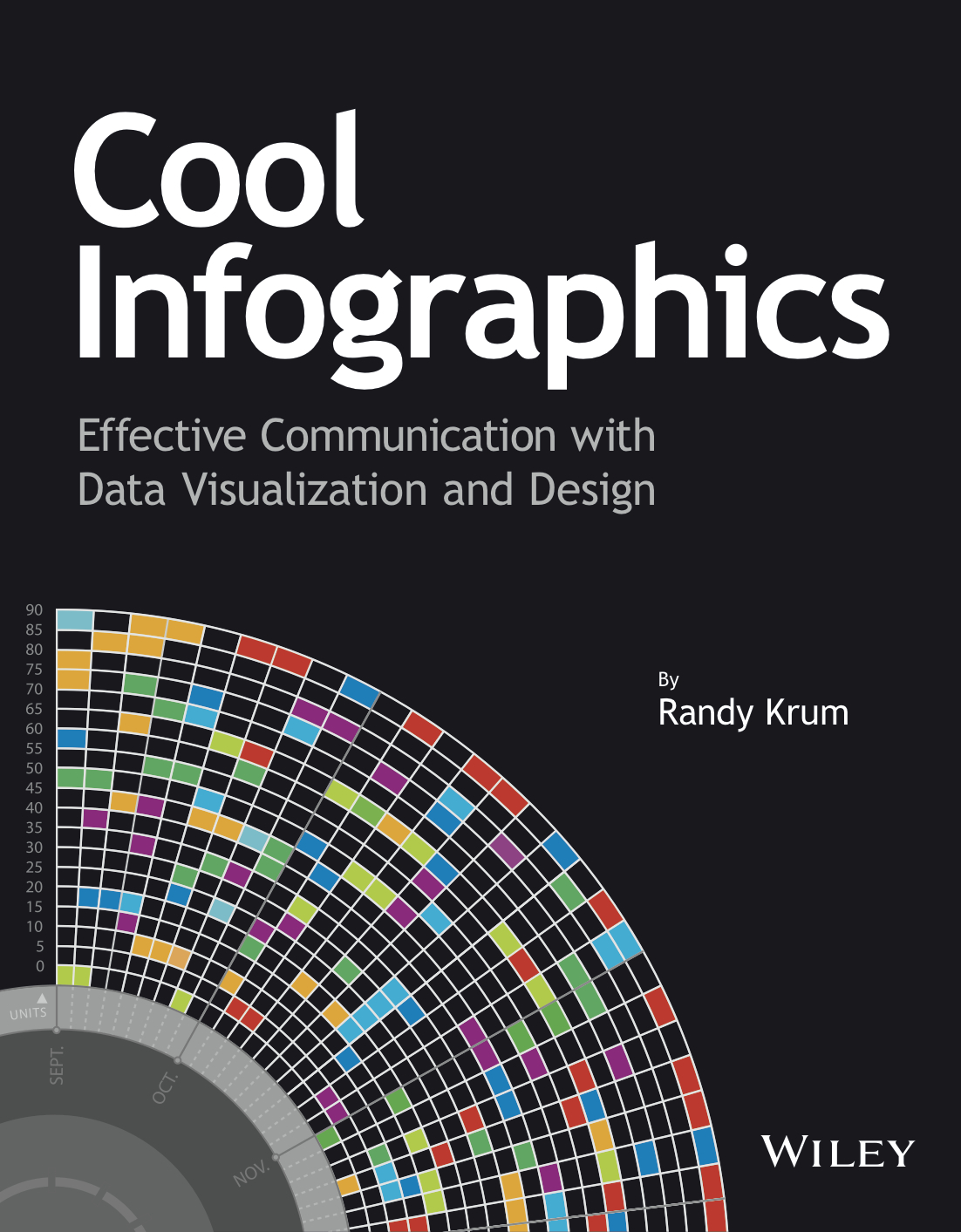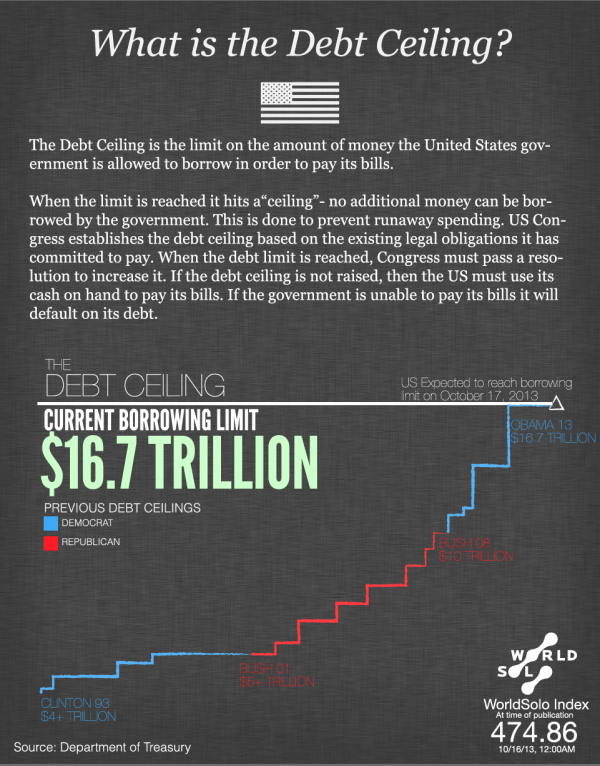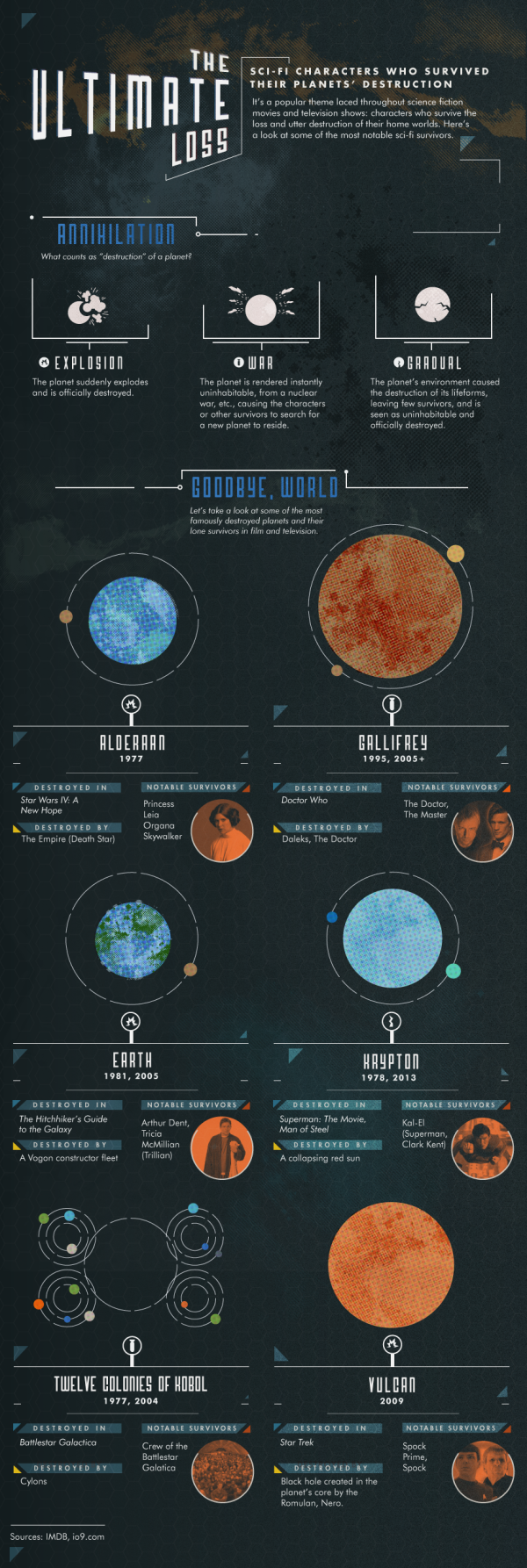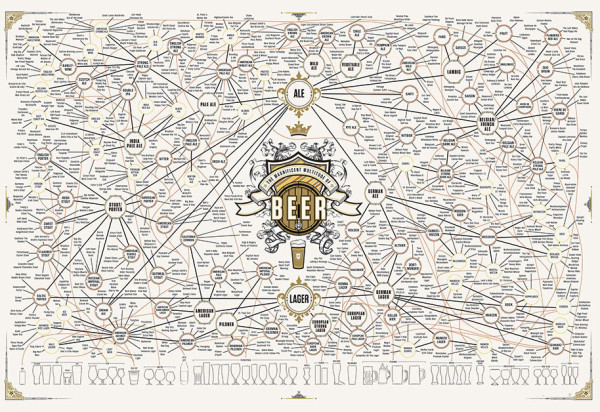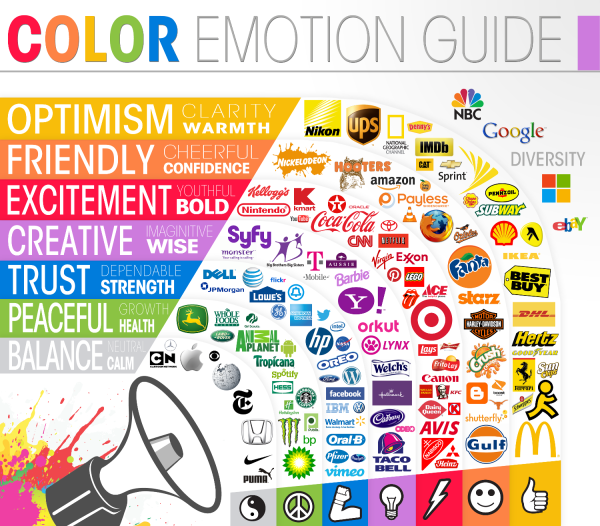
The Modern Workforce infographic from unum shows that the workforce demographic has changed in the last 30 years, but the benefits have not evolved to support this. There are more women, disabled, and older people in the modern workforce, but the protection, time away from work, and services given to employees are not keeping up.
The research finds significant gaps have opened up between employer-provided benefits and the protection required by today’s workforce. At a time when the demographics of the modern workforce are shifting towards employees that have a greater need for financial benefits, the research shows that the ratio of wages to employee benefits is outdated.
As a result, we’re more likely to fall into financial difficulty than we were 30 years ago. And, if we’re in financial difficulty we’re less productive, so it’s in an employer’s best interests to better protect their people.
We’ve published research called Keeping Pace? Financial Insecurity in the Modern Workforce with Cass Business School. It paints a picture of how the make-up of our workforce has changed. It also makes recommendations about what employers should do to better protect their people.
The infographic has some great data from their case study research, but the design could have done a better job making the information easier to understand for readers. Many of the visualizations don’t match the data from the study.
For example, the pie slices shown in the Demographic Changes section changed their radius instead of their angle. This creates a false visualization because the area of a pie slice with twice the radius is much larger than the data values. So, the visualization is displaying a much larger increase than the data actually shows. This design mistake with the radii was repeated in the Social Changes section, so that visualization doesn’t match the data either.
Unum also created a motion graphic video to share some of the research findings as well. I would have recommended tying these two content types together, using the same design assets in both. They already have the data visualizations from the static infographic, so use them in the video as well.
Thanks to Ed for sending in the link!
 USA,
USA,  budget,
budget,  credit,
credit,  government,
government,  money,
money,  presidential
presidential 

